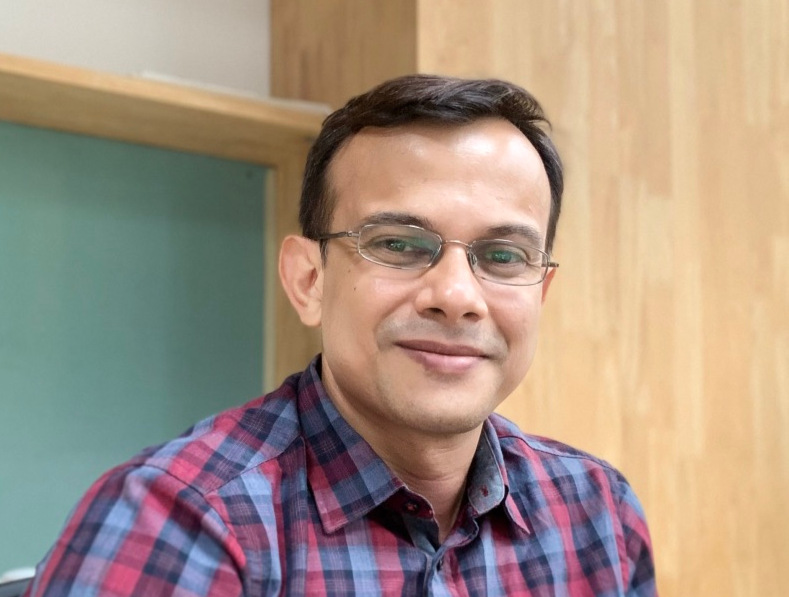The National Centre for Biological Sciences is delighted to welcome Abhishek Bhattacharya, who joins the NCBS as its newest faculty member.
Abhishek is interested in understanding the fundamental molecular principles that control the establishment and functioning of the electrical synapse connectome, a conserved and functionally important, yet understudied feature of the nervous system.
During his postdoctoral work at Columbia University in New York, USA, he studied the assembly and plasticity of the neuronal connectome in nematode Caenorhabditis elegans. His work has shown for the first time that the members of the innexin gene family, which encodes the electrical synapse channel components, are expressed in complex, neuron-type-specific combinatorial patterns in the nematode Caenorhabditis elegans nervous system. His research also showed that individual neurons utilise diverse innexin-combinations to form molecularly distinct synapses with different synaptic partners. He further discovered that under challenging environmental conditions, a combinatorial gene regulatory principle dramatically alters the expression of electrical synapse components in a neuron type-specific manner, that ultimately controls the environment-synaptic circuit plasticity with cellular specificity.
Prior to that, during his PhD work at the Albert Einstein College of Medicine in New York, he studied how the cell proliferation and neural progenitor specification are precisely regulated in a developing neuroectoderm. Using Drosophila melanogaster (fruit fly) as a model organism, he discovered a conserved, cross-interacting regulatory network that links the expression of broadly expressed helix-loop-helix transcription factors and thereby controls tissue-specific cell fates, including neural progenitor specification.
In his own laboratory at NCBS, Abhishek will continue to exploit the specific strengths of C. elegans as a model organism to uncover the molecular mechanisms regulating formation, diversification, and functioning of electrical synapses.










0 Comments